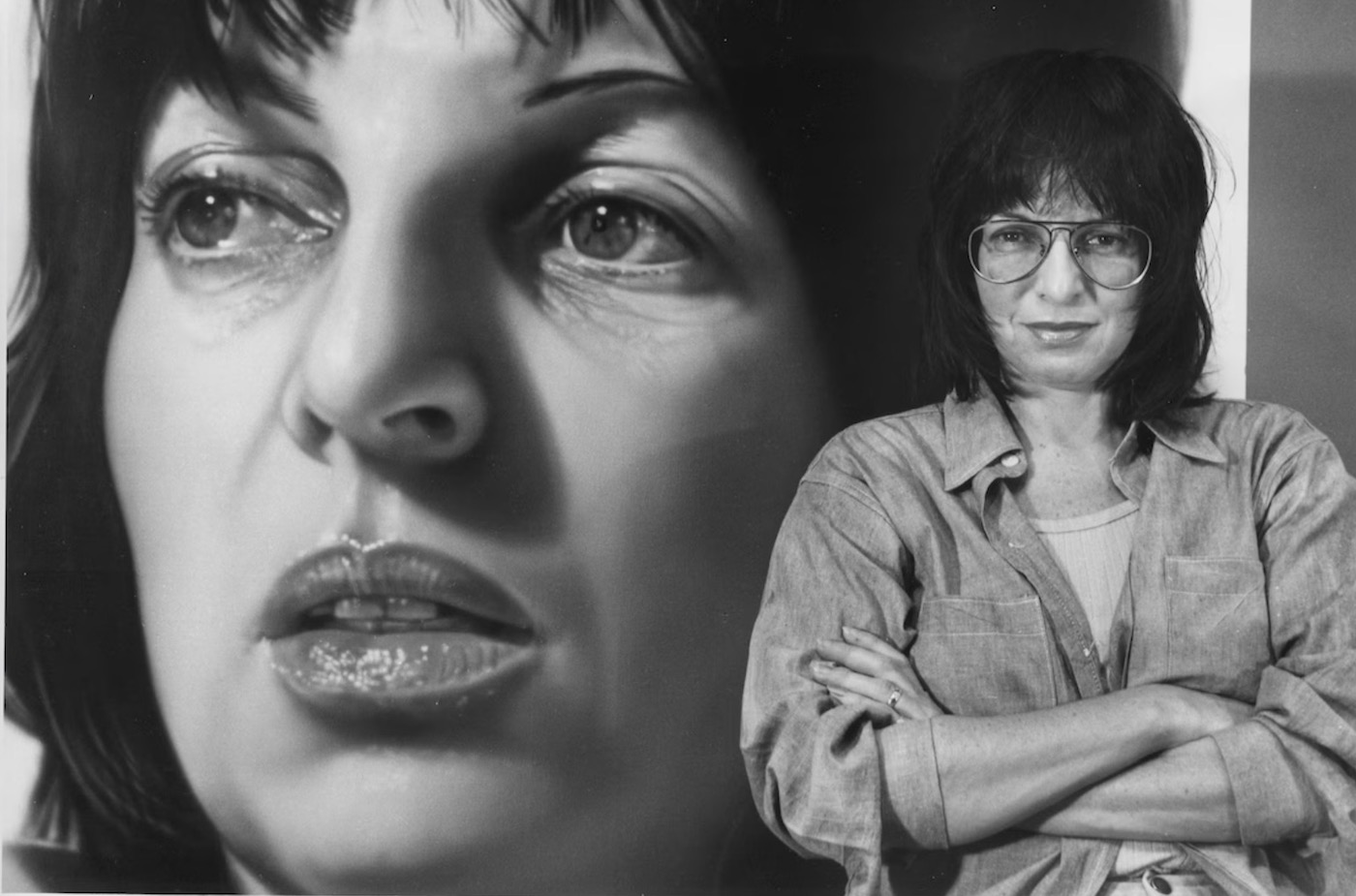Audrey Flack, a pioneering New York artist best known for her Photorealist paintings and large-scale sculpture, passed away on June 28 at a hospital in Southampton, N.Y., aged 93. Her daughter, Hannah Marcus, confirmed the cause was complications from an aortic tear.
Ms. Flack navigated a seven-decade career often at odds with prevailing art trends. She championed realist painting during the heyday of abstraction, utilised an airbrush—a tool deemed “immoral” by her peers—and was a leading figure in the photorealist movement of the late 1960s and ’70s. She was the only prominent woman among artists, including Chuck Close, Ralph Goings, and Richard Estes.
Flack’s work, which explored the varied experiences of women, drew inspiration from sources as diverse as Greek mythology, Christian artefacts, and everyday objects like crockery and cutlery that shape daily life. Her innovative and bold work left a mark on the Post-Pop art movement and significantly influenced the trajectory of art in New York.

Flack’s art is intensely personal, and the artist expresses herself through her work across all styles and media. “Artists always paint who they are. My works contain within them all my feelings. Whether abstract or figurative, whether the feelings are expressed intentionally or subconsciously, they come out. In still life paintings, portraits, narratives, hidden or overt, they are there to be seen and felt.” In this, Flack echoes one of the central tenets of Harold Rosenberg’s theory of action painting: the canvas is an arena where the artist enacts his or her psychic drama.
Audrey Flack, born in New York City on May 30, 1931, emerged as a prominent figure in the art world. Flack, the daughter of Jewish immigrants from Eastern Europe, grew up in a family that valued education and the arts. Her early exposure to art led her to pursue formal training, and she attended the High School of Music & Art in New York. She later studied at Cooper Union, the Art Students League of New York, and Yale University, where she was mentored by the influential abstract expressionist Josef Albers.
Flack’s career spanned over seven decades, during which she continuously evolved her artistic style. She began as an abstract expressionist in the 1950s when abstraction dominated art. However, she soon found herself drawn to a different mode of expression that would set her apart from her contemporaries.
In the 1960s, Flack transitioned to photorealism, a movement characterised by meticulous attention to detail and the use of photographs as reference material. She became one of this movement’s leading figures, alongside artists and a group defined as the Photorealists. Notably, Flack was the only prominent woman in this group, a nod to her determination and talent in a male-dominated field.
Her Photorealistic works, created using an airbrush, were groundbreaking. They combined elements of still life with a deep exploration of cultural and historical themes. Flack’s works from this period include “Marilyn” (1977) and “Wheel of Fortune” (1977-78), which juxtapose everyday objects with iconic images, blending personal and collective memories.
Flack’s art is known for its rich symbolism and focus on women’s varied experiences. She drew inspiration from various sources, including mythology, religious iconography, and everyday objects like tea cups. Her work often explored themes of femininity, beauty, and the passage of time, reflecting her life experiences and societal observations.
In addition to her photorealistic paintings, Flack also made significant contributions to sculpture. Her large-scale sculptures, such as “Civitas” (1988) in Rock Hill, South Carolina, and “Veritas et Justitia” (1999) at the Thurgood Marshall Federal Judiciary Building in Washington, D.C., demonstrate her ability to translate her intricate, detailed approach from canvas to three-dimensional forms. These sculptures often feature influential female figures, continuing her exploration of womanhood and strength. Throughout her career, Flack faced numerous challenges and criticisms, particularly as a woman in art. Yet, she remained faithful to a commitment to her vision.
Flack’s work has been exhibited in major museums and galleries worldwide, including the Museum of Modern Art, the Whitney Museum of American Art, and the Solomon R. Guggenheim Museum. Her contributions to art have been recognised with numerous awards and honours, and her influence continues to be felt in the art community.
Audrey Flack passed away on June 28, 2024, at the age of 93, due to complications from an aortic tear. Her daughter, Hannah Marcus, survives her, carrying forward the memory of a woman who transformed her personal and artistic challenges into timeless works of art.

